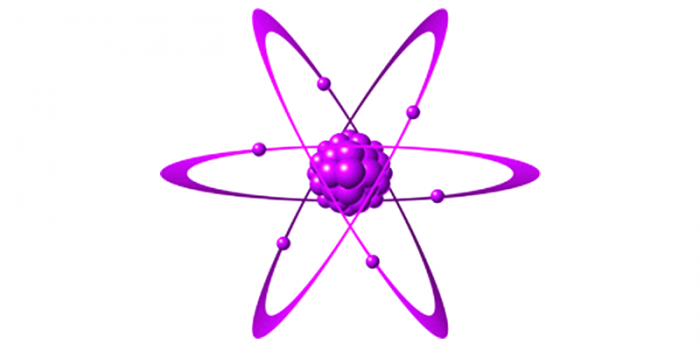"Building a transistor with electrical and optical bistability into a computer chip will significantly increase processing speeds," says microelectronics engineer Milton Feng from the University of Illinois at Urbana-Champaign, "because the devices can communicate without the interference that occurs when limited to electron-only transistors."
In conventional electronic devices, microchips are made up of billions of tiny switches called transistors, which act as gateways to channel the flow of electrons across an integrated circuit.
The problem with this model – which has worked pretty well for electronic devices for several decades up until now – is that as modern computer processors have become ever faster and more powerful, the number of transistors on them inevitably increases.
This tendency is what's called Moore's Law – the famous prediction by Intel co-founder Gordon Moore that the transistor count on an integrated circuit will double every two years.
Moore's Law has actually held up pretty well since it was first forecast back in the 1960s, but a range of technical issues are currently threatening to derail its continuation – which could put a stop to processors getting faster, if we can't think of new ways to build them.
Chiefly, transistors have gotten so incredibly small now that it's getting harder to physically shrink them any further, and there are also concerns about how energy-efficient electron-based transistors will be if Moore's Law does continue in the future.
Besides those points, since light can travel significantly faster than electrons inside an integrated circuit, moving to photonics-based processors in place of solely electronic devices makes a lot of sense, which is why scientists are busy studying how we can develop light-based computers.
To that end, Feng and fellow researcher Nick Holonyak Jr first developed the concept of the transistor laser back in 2004 – a semiconductor device that incorporates both electrical and optical outputs.
"The fastest way for current to switch in a semiconductor material is for the electrons to jump between bands in the material in a process called tunnelling," Feng explained in 2016.
"Light photons help shuttle the electrons across, a process called intra-cavity photon-assisted tunnelling, making the device much faster."
In their latest research, the same team has now described how the transistor laser can switch between the two signals – a crucial distinction for optical computing, since despite the allure of photonics, the researchers say we will still need to accommodate electrons in future chip designs.
"You cannot remove electronics entirely because you need to plug into a current and convert that into light," says Feng.
"That's the problem with the all-optical computer concept some people talk about. It just is not possible because there is no such thing as an all-optical system."
In the new study, the researchers detail how they've got their bistable switch working at -50 degrees Celsius (-58 degrees Fahrenheit).
The researchers further claim to have actually gotten the device working at room temperature – which is pretty important if we're ever going to use these transistors in actual devices – and will share details on how they accomplished that in an upcoming paper.
As for when we'll see this kind of technology in our smartphones and notebooks, it's still not entirely clear.
But it's a sure bet that when our microchips include billions of tiny lasers in them, a whole new kind of computing will become possible.
"This is a single device that provides bistability for both electrical and optical functions with one switch," says Feng.
"It is totally new, and we are working hard to find more new applications for the device."
/Science Alert/
More about: #Electrons #Photons
















































